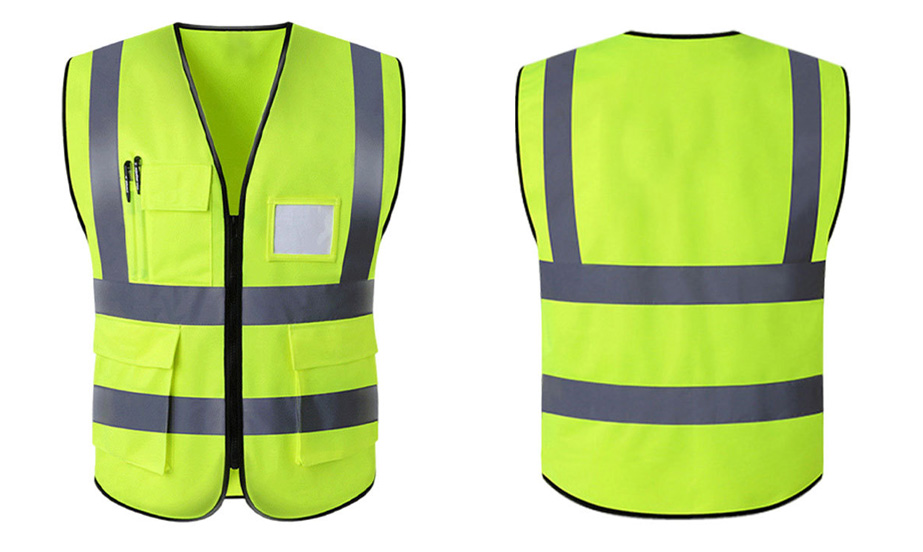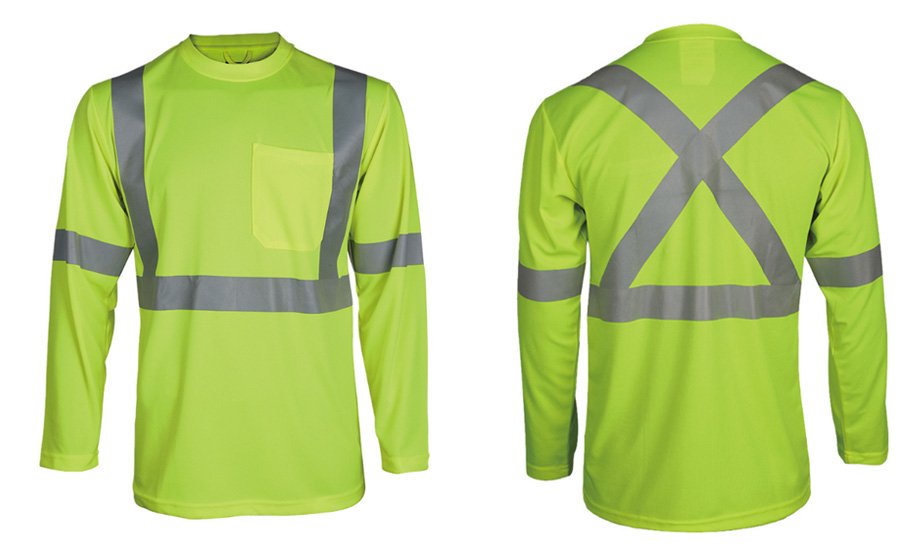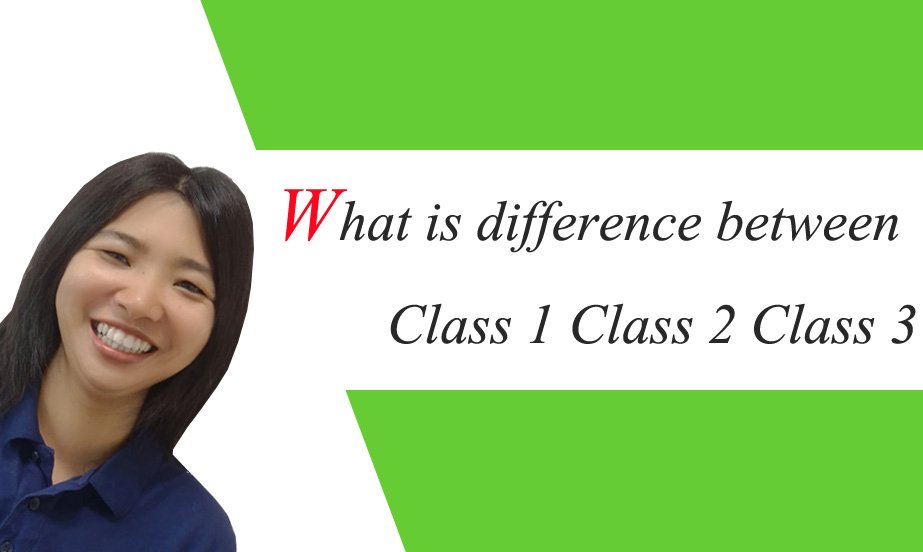High Visibility Safety Apparels, what is Class 1, Class 2 and Class 3?
UNDERSTANDING HIGH VISIBILITY SAFETY WORKWEAR
Safety Apparels(high visibility clothing) is under Personal protective equipment(PPE) categories, mainly creating an environment that minimize exposure to hazards, prevents accidents and injuries. PPE may include items such as gloves, high visibility headwear, hard hats, glasses and shoes, safety shirts, bomber jackets, rain coats and pants, earplugs or muffs, respirators, signs, vests, accessories, and other items to protect whole body.
The purpose of high visibility safety Apparel is to allow the wearer to be seen and to alert all that a person is present, especially in a low visibility situation. These high visibility apparels are made with highly reflective materials, this will keep individual job site workers visible, especially at night.
All safety clothing are rated and approved by the American National Standards Institute (ANSI).
There are three different classes(types) of safety clothing, each types use in specific situations. Safety clothing are classified as Class 1, Class 2, or Class 3, based on the amount of both reflective material and high contrast (safety green, orange or lime color) fabric making up the apparel.
TYPES OF HIGH VISIBILITY APPARELS
Safety clothing are categorized into 3 “types,” and each type splits into 3 “classes.” These are recognized as off-road (type O), roadway and temporary traffic control (type R), or public safety activities (type P).
Type O (“off-road”)– Intended for Non-Roadway occupational use. Type O only has class 1 safety vests.
Type R (“roadway”)– Intended for Roadway use. Type R has both class 2 and 3 safety vests.
Type P (“public safety”)– For law enforcement and first responder. Type P has both class 2 and 3 safety vests.
This “type and class” system is covered all HVSA (High Visibility Safety Apparel) styles, such as hi vis pants, hi vis rompers, hi vis jackets, hi vis rain coats and pants, hi vis shirts etc.
ANSI updated its documentation defining all high visibility clothing in 2020 (ANSI/ISEA 107-2020), Let me explain class 1, 2 and 3 for high visibility clothing features here.
What is the difference between Class 1, Class 2 and Class 3?
Class 1 Type O (“off-road”)

Class 1 the only HVSA Type O safety vest and has the lowest required of high visibility material.
Class 1 Safety Vests are for the lowest-risk areas. Where working a safe distance from the active roadway, but there is still potential for an incident. They are lightweight and sleeveless, most style is vest, mesh vest is the most comfort style, flexibility wearing.
Type O are required to have a minimum of the following:
- 217 sq in. (0.14 sq m) of background material (Color fluorescent green, yellow, lime, orange)
- 155 sq in. (0.10 sq m) of Retro reflective or Combined- Performance Materials
- Minimum of 1 in (25mm) width for Retro reflective Materials
Class 1 safety vests are for work conditions without vehicles traveling at highway speeds. Traffic speed is no faster than 25 miles per hour.
The ANSI documentation also states that the background of the work place should not be visually complex. Work conditions that may require include:
- Parking lot booth attendants
- Mineworkers
- Oil, gas, and extraction and refinery workers
- Warehouse workers
- Parking attendants, delivery drivers, and roadside assistance personnel in low traffic areas.
Class 1 safety vests are for work conditions without vehicles traveling at highway speeds. Traffic speed is no faster than 25 miles per hour.
The ANSI documentation also states that the background of the work place should not be visually complex. Work conditions that may require class 1 vests include:
- Parking lot booth attendants
- Mineworkers
- Oil, gas, and extraction and refinery workers
- Warehouse workers
- Parking attendants, delivery drivers, and roadside assistance personnel in low traffic areas.
Class 2 Type R (“roadway”) Safety vests

Compared to class 1 safety vests they need more visible during day and night at longer distances. Type R safety vests are required to have a minimum of the following:
- 775 sq in. (0.50 sq m) of background material and a minimum of 540 sq in. (0.35 sq m) for small vests.
- 201 sq in. (0.13 sq m) of Retro reflective or Combined- Performance Materials.
- Minimum of 1.38 in (35 mm) width for Retro reflective Materials and 1 in (25 mm) width for Retro reflective Materials for split trim design.
- Must have a minimum of 201 square inches of reflective tape. Dimensions of the reflective tape can be 8.373 linear feet of 2-inch tape or 12.2 linear feet of 1 3/8-inch tape. Reflective stripes should be over the shoulders and around the middle in either one or two 360º horizontal stripes.
Class 2 (Type R) HSVA safety vests worksites traffic flow is 25mph – 50mph. Like Class 1 (Type O), these vests are usually sleeveless.
There aren’t explicit guidelines on who should be wearing class 2 vests, but job position need visible include:
- School crossing guards
- Airport workers, high-volume parking or toll booth operators
- Forest workers.
- Public transit workers/railway workers
- Toll operators
- Road construction under 50mph
- Airport tarmac workers
- Surveyors
Class 3 Type R (“roadway”) High visibility Safety jackets

Class 3 (Type R) high visibility clothing have the more requirements compared to Class 1 and 2. Class 3 safety apparels are for the most hazardous environments where visibility is paramount. Class 3 clothing usually have sleeves such as dress shirt. Type R hi vis clothing are required to have a minimum of the following:
- 1240 sq in. (0.80 sq m) of background material and a minimum of 1000 sq in. (0.65 sq m) for size small vests.
- 310 sq in. (0.20 sq m) of Retro reflective or Combined- Performance Materials
- Minimum of 2 in (50 mm) width for Retro reflective Materials and 1 in (25 mm) width for Retro reflective Materials for split trim design.
The industry rule require Class 3 safety apparels on worksites traffic over 50 mph.
Class 3 safety jackets are reserved for those that are close to high-traffic areas. Workers typically work right next to the road or in other hazardous areas, so they should be protected as visible as possible to keep more security. Workers that may be required include:
- Tow truck operators
- Incident site investigators
- Road construction workers (50mph+)
- Roadside assistance
- Utility workers
- Site inspectors
- Emergency responders
- Railway workers
SELECTING THE RIGHT HIGH VISIBILITY CLOTHING
When choosing the hi vis clothing for your team members, you need to consider the specific requirements of your worksite. Understanding the 3 Classes is one thing, it will help you better understanding, and make the right decision to choose the right workwear uniforms.
But Remember, there’s nothing wrong with going with a Ansi Class 3 workwear for every workers – greater visibility is never a bad thing.
Consider your working condition need to choose the best comfort wear, as working hours are long, the general visibility meters from high speed traffic to your workers, and any physical barriers. You should also pick the right color for worker from the working environment.
Fluorescent yellow-green and fluorescent orange is the best color for safety clothing. You can read more about best colors for high visibility uniforms in other articles here.
For all personal protective equipment, proper maintenance is important. The reflective tape durability of the hi vis apparels will diminish over time, they can get dirty, and the reflective material can rub away through daily use.
Most safety vests have about 6 months life time, take good care of them can last to three years. If a vest is torn, dirt, soiled, worn or faded, it needs to be replaced before using.
If you need custom your Ansi hi vis clothing with your company logo, in specific fabric use in cold weather, there are huge selection of supplier, you can order from online store OR physical shop.
Even you don’t want to customized, there are many brands offer different styles and sizes inventory on sale, check the details and reviews, they offer free ship nationally.
The End
If you have any inquiry on high visibility apparels, please feel free to contact us.

